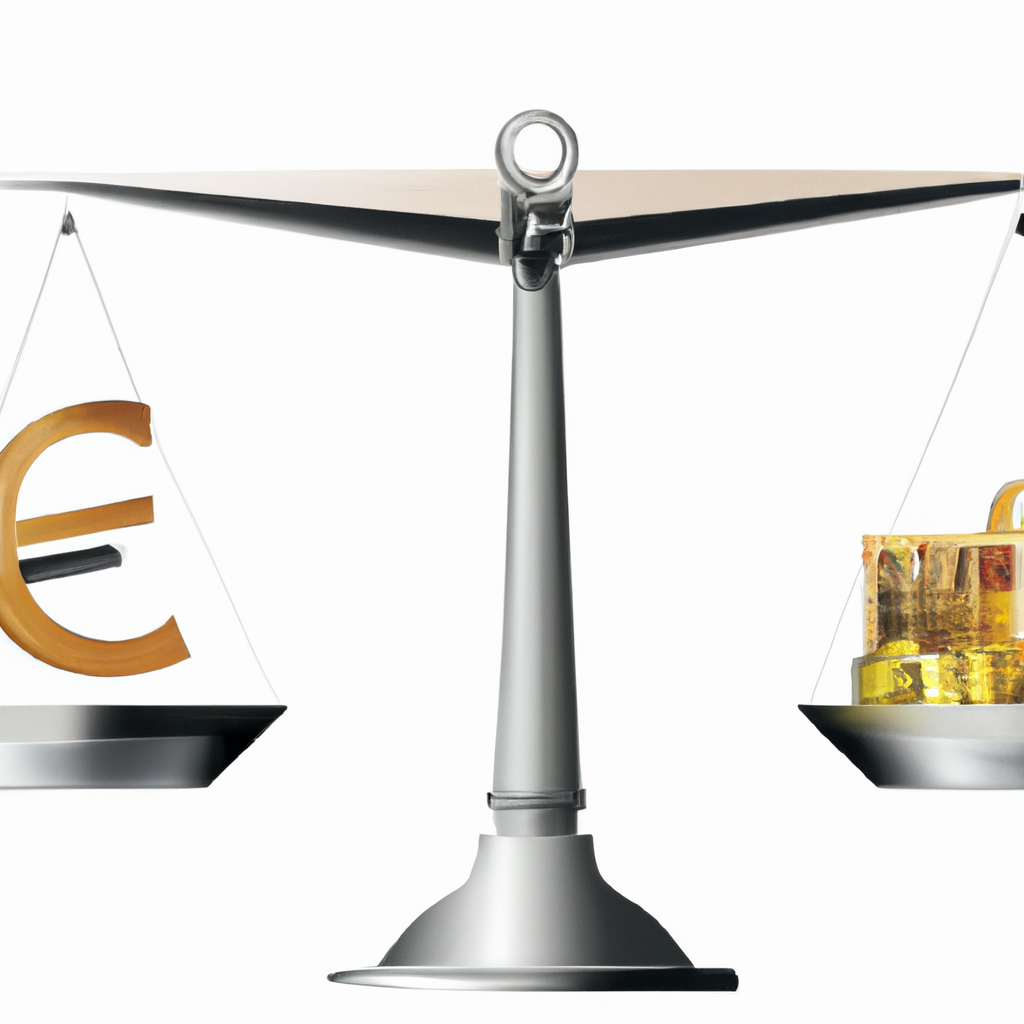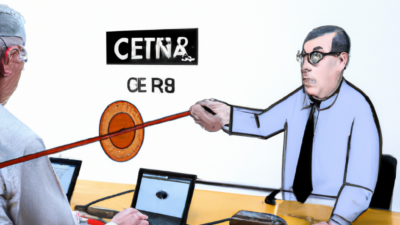**The Intricate Dance of Monetary Policy: Balancing Economic Stability and Growth**
In the ever-evolving landscape of global economics, few mechanisms wield as much influence as monetary policy. This powerful tool, deployed by central banks, holds the reins of a nation's financial health, guiding economies through the tumultuous waters of inflation, unemployment, and economic stagnation. As the world grapples with unprecedented challenges—from the lingering impacts of the COVID-19 pandemic to geopolitical tensions and technological disruptions—the role of monetary policy has never been more critical.
This article delves into the multifaceted nature of monetary policy, exploring its objectives, instruments, and the delicate balancing act that central banks must perform to foster economic stability and growth. By examining historical precedents, contemporary strategies, and future prospects, we aim to shed light on how monetary policy shapes our financial landscape and the profound implications it has for businesses, consumers, and governments alike. Whether you're an economist, a business leader, or simply an informed citizen, understanding the intricacies of monetary policy is essential in navigating the complexities of today's economy.
Certainly! Below is a content outline for an article on the topic of monetary policy, including suggested section headlines:
Monetary policy is a critical tool used by central banks to manage the economy by controlling the supply of money and interest rates. Its primary objectives typically include controlling inflation, managing employment levels, and ensuring financial stability. The implementation and impacts of monetary policy can be complex and multifaceted, involving various techniques and instruments.
One of the primary tools of monetary policy is the manipulation of interest rates. Central banks, such as the Federal Reserve in the United States, can raise or lower the federal funds rate to influence borrowing and spending behaviors. Lowering interest rates generally encourages borrowing and investing by making credit cheaper, which can stimulate economic activity. Conversely, raising rates can help cool down an overheating economy and keep inflation in check.
Another significant aspect of monetary policy is open market operations. This involves the buying and selling of government securities in the open market to regulate the amount of money in the banking system. When central banks purchase securities, they inject liquidity into the economy, promoting lending and investment. Selling securities, on the other hand, withdraws liquidity, which can help to restrain excessive economic expansion.
Central banks also use reserve requirements as a monetary policy tool. By setting the minimum amount of reserves that banks must hold, central banks can directly influence the amount of money that banks can lend. Lowering reserve requirements typically increases the money supply and boosts economic activity, while raising them can help to tighten credit and control inflation.
Quantitative easing (QE) is another unconventional monetary policy tool used primarily during periods of economic distress. QE involves large-scale purchases of financial assets to increase the money supply and lower long-term interest rates. This strategy is aimed at stimulating economic growth when traditional monetary policy tools have become ineffective, particularly when interest rates are already near zero.
The effectiveness of monetary policy can be influenced by various factors, including the current economic environment, the responsiveness of financial markets, and the prevailing levels of consumer and business confidence. Additionally, the global interconnectedness of economies means that monetary policy decisions in one country can have significant spillover effects on others.
Critics of monetary policy argue that it can sometimes lead to unintended consequences, such as asset bubbles or income inequality. For example, prolonged periods of low interest rates might encourage excessive risk-taking and inflate asset prices beyond sustainable levels. Furthermore, while monetary policy can provide short-term economic boosts, it may not address structural issues such as productivity growth or labor market mismatches.
In conclusion, monetary policy remains a vital tool for managing economic stability and growth. Its successful implementation requires careful consideration of a multitude of economic indicators and a balanced approach to achieving its diverse objectives. As economies evolve and new challenges emerge, monetary policy will continue to adapt, striving to maintain a delicate equilibrium between fostering economic growth and ensuring financial stability.













